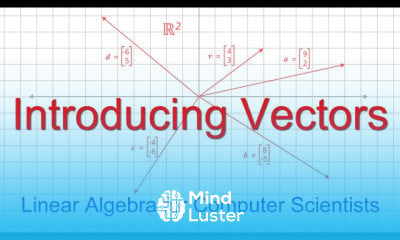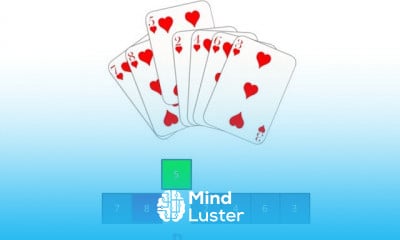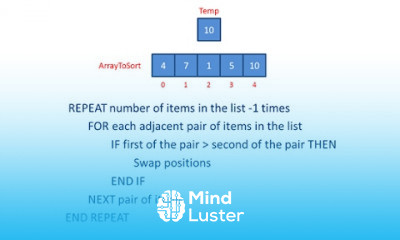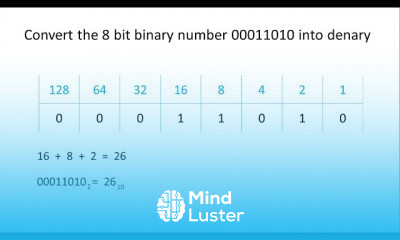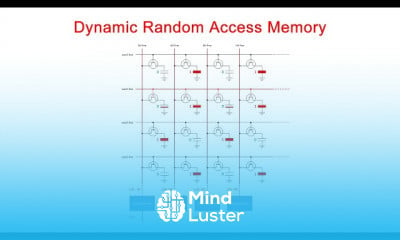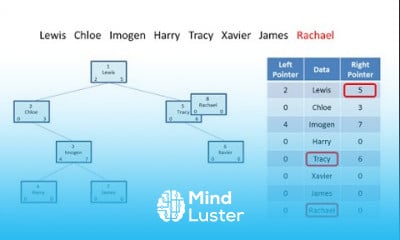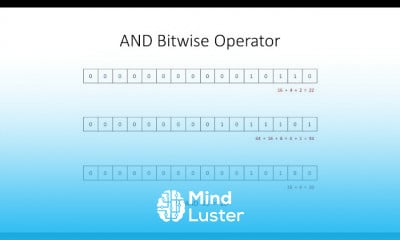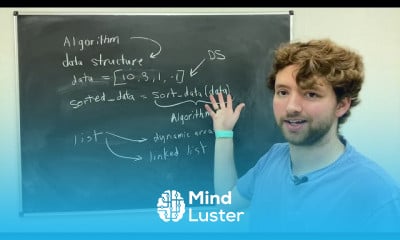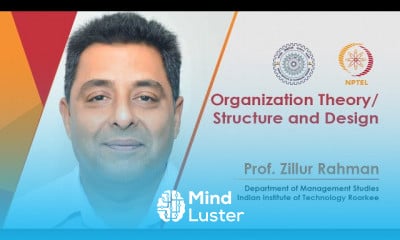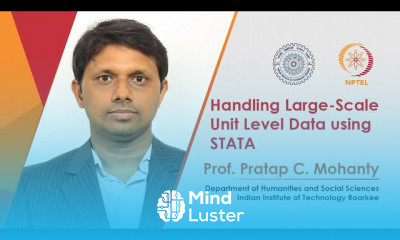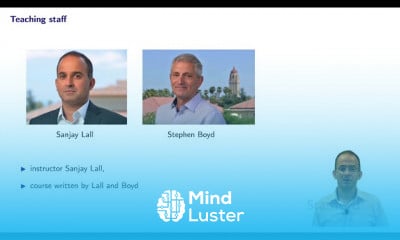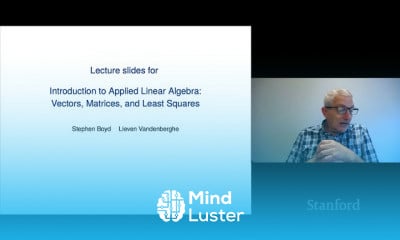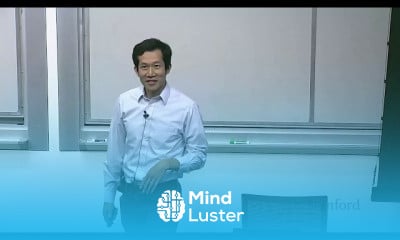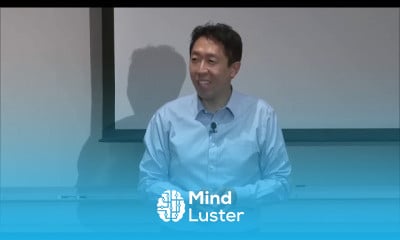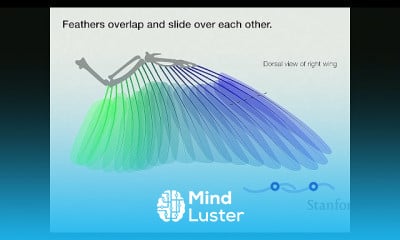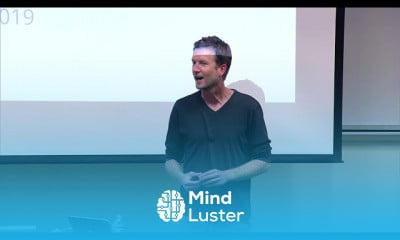infix to postfix conversion algorithm examples program
Share your inquiries now with community members
Click Here
Sign up Now
Lesson extensions
Lessons List | 105
Lesson
Show More
Lessons
Comments
Related Courses in Computer Science
Course Description
Data structure types course,
in this course we will learn about the Data Structure Types, essential for organizing and managing data efficiently in computer programs. Data structures are foundational to programming and software development, providing ways to store and manipulate data in a structured manner. We will explore a variety of data structures, starting with Arrays, which store elements in contiguous memory locations, allowing for efficient indexing and traversal. Next, we will cover Linked Lists, where elements are stored in nodes connected by pointers, providing flexibility in memory allocation.
We will delve into Stacks and Queues, which are used for managing data with Last-In-First-Out (LIFO) and First-In-First-Out (FIFO) access patterns, respectively. The course will introduce Trees, including Binary Search Trees and Heaps, which facilitate hierarchical data representation and efficient searching and sorting operations. We will also examine Graphs, which model relationships between objects, and Hash Tables, which provide fast data retrieval using key-value pairs.
Advanced data structures like Tries (Prefix Trees), AVL Trees, Red-Black Trees, and B-Trees will be discussed for specialized applications. Additionally, we will explore Sets and Maps for managing collections of unique elements and key-value pairs, respectively. Throughout the course, you will learn about the advantages, use cases, and implementation details of each data structure, along with practical coding examples and exercises.
By the end of this course, you will have a comprehensive understanding of various data structure types, enabling you to choose and implement the most appropriate structures for different programming scenarios. Join us to master the art of data organization and elevate your programming skills.
Trends
Microsoft Excel How to course
Laboratory instruments fundamentals
SEO Google Digital Marketing
Human Resource Management in Public Service for mangers
Learning English Speaking
jQuery For Beginners
Corneal Abrasion Treatment Techniques
Python Programming
Business Writing
Applications of Linear Equations in Algebra
Financial derivatives foundations for beginners
JavaScript Music Player
Microeconomics
Auditing Principles and Practices
Nuclear Physics basics for JEE Advanced
Social Media Marketing
HTML 5 Introduction
The Complete Python Programming Full Course
Skin Fascia
EOQ in material cost management
Recent
Building a DC transformer for beginners
Building a 49cc moto dirt bike engine
Induction generator from synchronous motor
Soldering Iron repair for beginners
DIY 500W bicycle generator for beginners
Building a giant transistor for beginners
24 Volt 480W SMPS power supply repair
Laser cutting and metal engraving technology
Designing a 12V 180W solar Panel system
Repairing mosquito racket at home
Building aluminum air battery from scratch
Making aluminum air battery fundamentals
Making high amps from UPS transformer
Simple inventions with car alternator
Creating12V 60A Power supply for DC Motor
Simple inventions with DC motor
Washing machine motor basics
Building DC voltage booster basics
Experiments using a microwave transformer
Free energy fan design for home









































